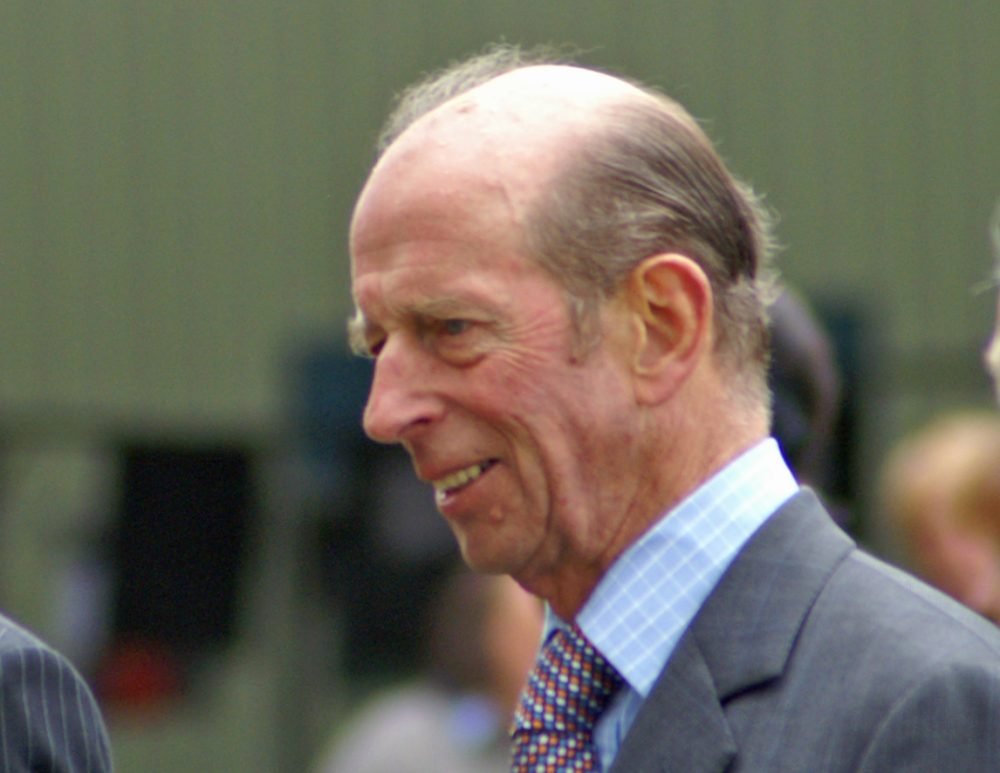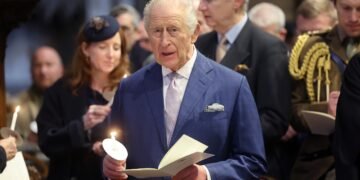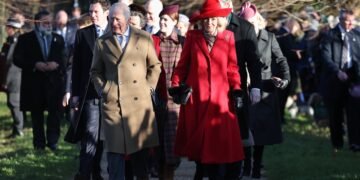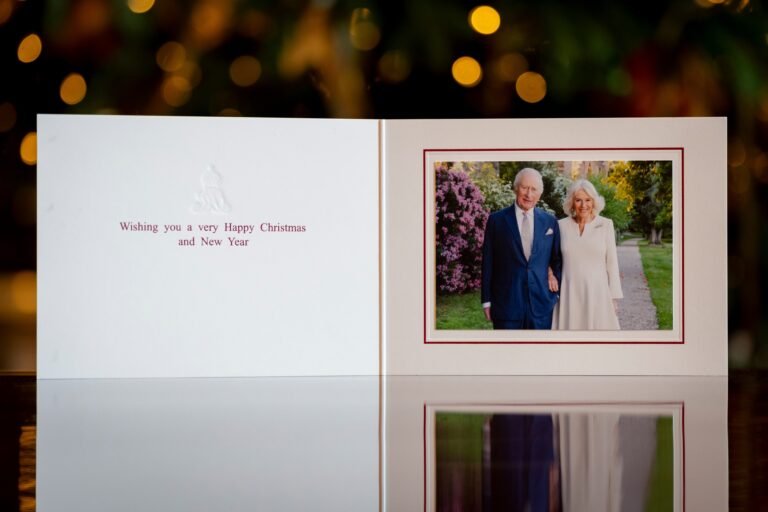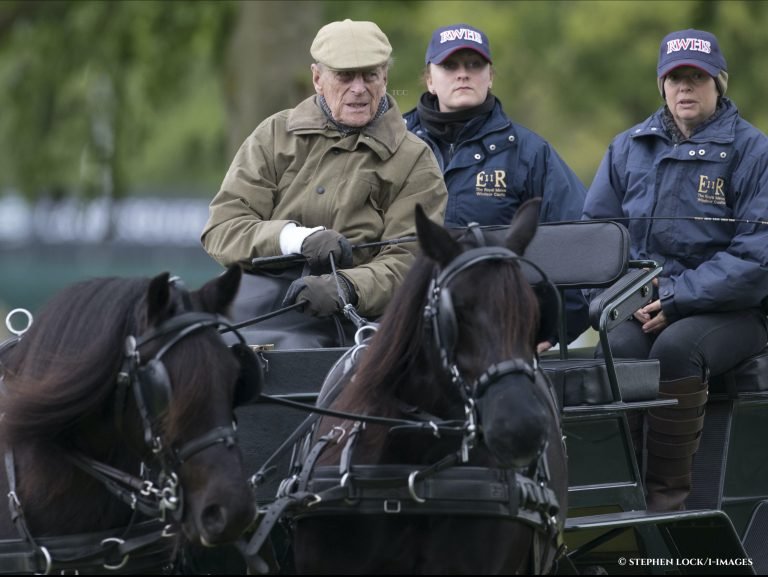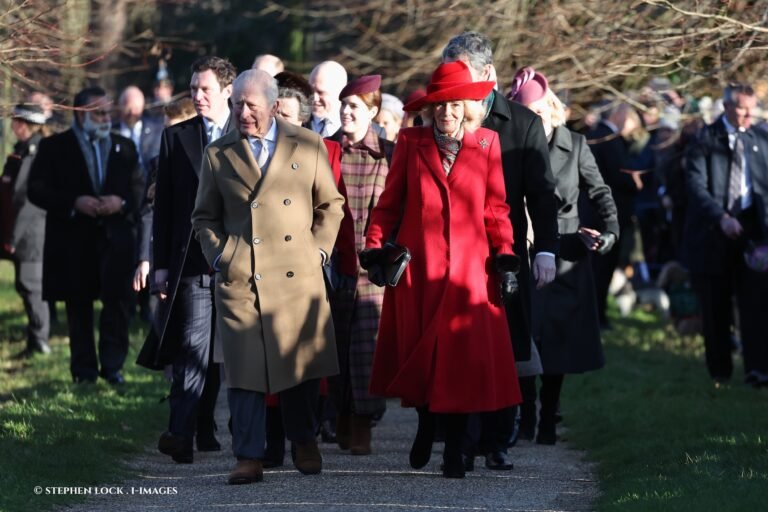The Duke of Kent has completed a two-day visit to Norway as President of the Commonwealth War Graves Commission, to mark the sacrifice made by the British armed forces in ‘Operation Freshman’.
The Duke began his visit on Tuesday, to mark the 75th anniversary of operation, in which the British undertook an airborne assault on the Vemork Norsk hydro-chemical plant in Telemark, Norway.
Thanks to our friends in #Stavanger and in particular @kommunen for their support today pic.twitter.com/vmqu2h3LAp
— Nicole Granholt (@NGranholt) October 24, 2017
Three years into the Second World War, Germany was close to being able to develop a reactor for their nuclear weapons programme. A nuclear reactor requires lots of heavy water (water constituted of a different kind of hydrogen), the source of which was to be the Telemark plant, that the Nazis had occupied since 1940.
When British intelligence learned of the programme, the government decided to launch an assault on the plant to destroy it and deny the Germans access to the heavy water, thus thwarting their development of nuclear weapons.
Due to the plant’s location and surrounding terrain, several tactics were considered and discarded as impractical; it was finally decided that a small airborne force composed of sappers – combat engineers – from the Royal Engineers units, attached to 1st Airborne Division, would land by glider a short distance from the plant, demolish it with explosives and then escape over the Norwegian border into Sweden. This was to be the first airborne operation to use gliders.
Operation Freshman took off on 19th November 1942 and comprised of two aircraft-glider combinations. Although both reached the Norwegian coast, neither reached their objective. The first glider crashed after encountering severe weather conditions and its tow rope snapping. Three troops were killed in the crash and the rest were quickly captured after the crash landing. The towing aircraft was able to safely return to base.
The second pair fared even worse, with both aircraft and glider crashing into a mountain; the aircrew and some airborne troops were killed outright, with the survivors being taken prisoner. Devastatingly, Hitler had issued a Commando Order stating that all Commando personnel were to be immediately executed upon capture, and all survivors from the crashes were executed.
At the end of the war, Wehrmacht personnel were tried and condemned to death for their part in the executions.
25 of the British servicemen killed in the attempted raids are buried in Stavanger (Eiganes) Churchyard, seven are buried in Helleland Churchyard and five in Oslo western Cemetery. The Duke of Kent laid wreaths at Oslo on Wednesday and Stavanger on Tuesday, in memory of those who died.
His Royal Highness the Duke of Kent, President of the @CWGC pays tribute to the heroes of Operation Freshman: https://t.co/tP2pTTw3D3 #WW2 pic.twitter.com/NuT4jYUfZH
— WarGravesCommission (@CWGC) October 25, 2017
Prince Edward, 82, said: “I am honoured to pay my respects at the graves of those who lost their lives in the cause of freedom. Their sacrifice and that of our Norwegian allies, should be remembered always.
“The war graves, cemeteries and memorials cared for by the Commonwealth War Graves Commission here in Norway and around the world, play a vital role in fulfilling that duty and in engaging future generations in the importance of remembering those individuals who gave their today for our tomorrow.”
There were subsequent attempts to destroy the hydro chemical plant, and in 1943 a group of Norwegian resistance fighters successfully sabotaged the Nazi nuclear programme. Their exploits were immortalised in the 1965 film, “The Heroes of Telemark”, starring Kirk Douglas and Richard Harris.
The Commonwealth War Graves Commission (CWGC) cares for the graves and memorials of almost 1.7 milion men and women who lost their lives during the two World Wars, in 23,000 locations across more than 150 countries.
In Norway, the CWGC commemorates nearly 1,150 Commonwealth servicemen of both world wars, in 74 cemeteries and churchyards. More than 190 of those buried in Norway remain unidentified, those who died in Norway who have no known grave are commemorated on the Air & Naval Memorials, and the Brookwood 1939-1945 Memorial in the United Kingdom.
On Wednesday the Duke had lunch with the King Harald V of Norway, after which Princess Astrid, the King’s oldest sister, showed him the royal stables.

